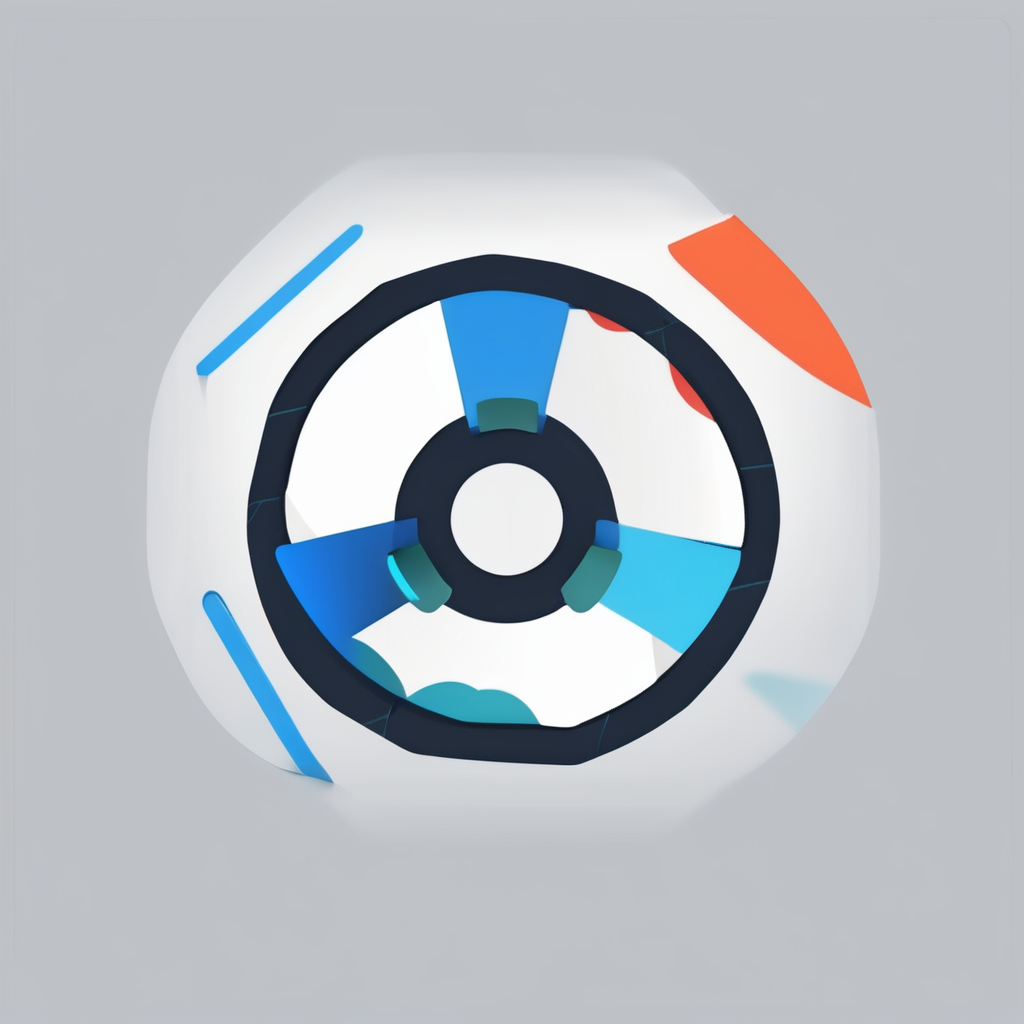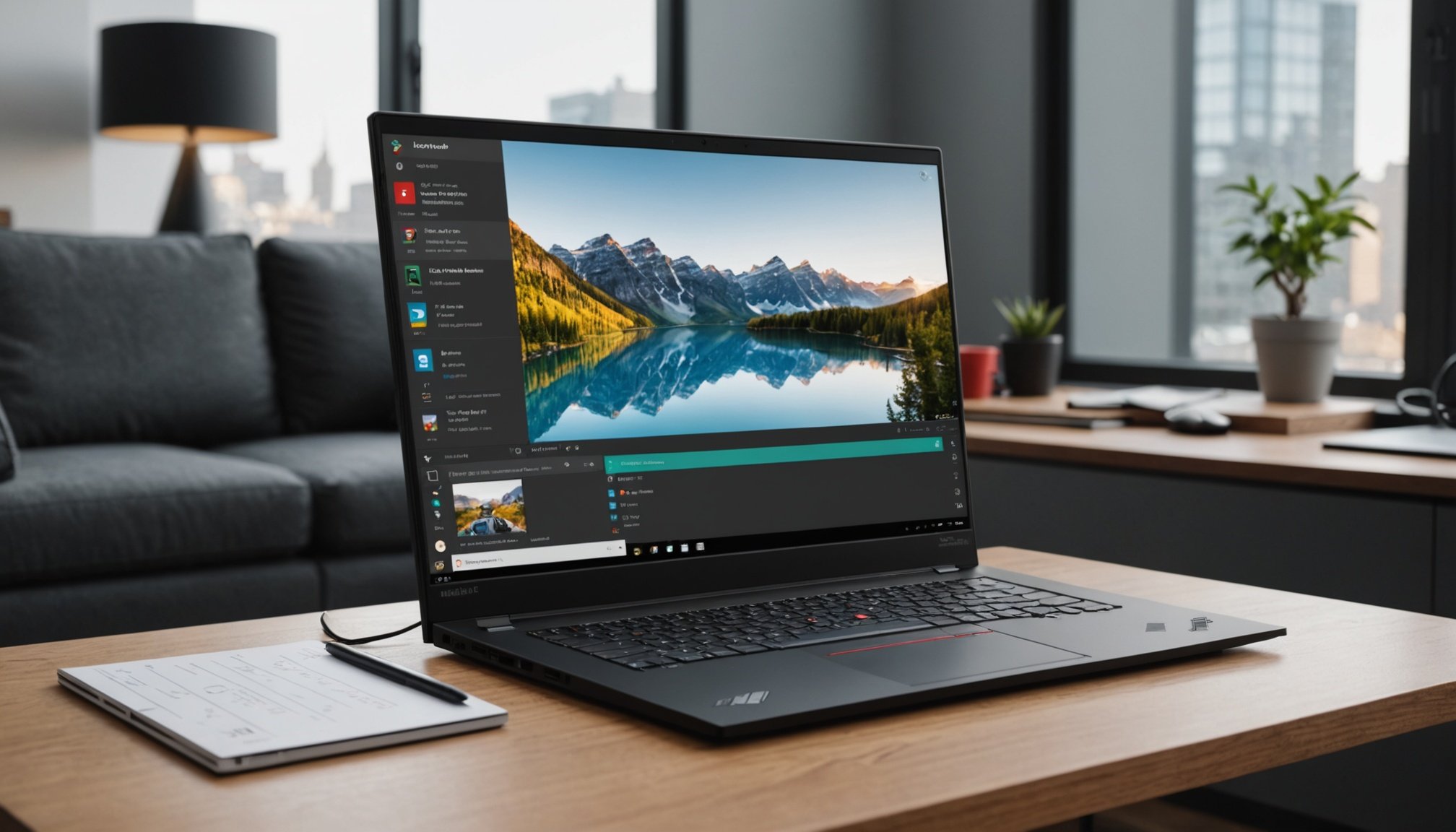Preparing Your Lenovo ThinkPad X1 Carbon for Dual Monitor Setup
Optimising your remote work experience requires the right setup, and the Lenovo ThinkPad X1 Carbon stands out in its ability to support a dual monitor setup. This laptop is equipped with advanced specifications, such as Thunderbolt 4 ports, allowing seamless connectivity to multiple monitors and enhancing productivity with a larger workspace.
To efficiently configure your dual monitor setup, certain essential hardware components are required. You’ll need extra monitors compatible with your Lenovo ThinkPad, as well as the appropriate cables, such as HDMI, DisplayPort, or USB-C, depending on your monitors’ inputs. Consider investing in a docking station to manage multiple connections effortlessly.
Also read : Unlocking peak performance: expert tips for 3d rendering and cad on your dell precision 5750
When it comes to best practices for connecting your ThinkPad to additional monitors, start by identifying the specific ports available on your device. Ensure all drivers are updated to avoid compatibility issues. Upon connecting the monitors, adjust the display settings by right-clicking on the desktop and selecting ‘Display Settings’. Arrange the monitors for your preferred layout and ensure they’re set to the optimal resolution for clear visuals.
By following these guidelines, users can transform their Lenovo ThinkPad X1 Carbon into a powerful dual screen setup, bolstering efficiency in remote tasks.
Also to discover : Unlocking stellar 4k video production: enhance your hp z2 tower g5 for peak performance
Configuring Software Settings for Dual Monitors
When setting up dual monitors, understanding how to navigate display settings on Windows is crucial. Here’s a guide to help configure your software settings for an optimal experience.
Navigating Display Settings on Windows
Accessing display settings through the Windows Control Panel is your first step. Head to “Settings,” then “System,” and select “Display.” Here, you can manage both monitors, ensuring they are identified correctly, and choose whether to extend or duplicate the displays. This software configuration is vital for seamless transitions between monitors.
Adjusting Resolutions and Orientation
Setting the right resolution involves selecting the clearest and most comfortable setting for your eyes. Typically, Windows suggests optimal resolutions, but you can manually adjust them for each monitor. Don’t forget to check the orientation; landscape or portrait modes can be chosen based on your preference and workflow.
Utilizing Virtual Desktops for Task Management
Virtual desktops enhance multitasking by allowing the creation of separate desktop spaces ideal for managing different tasks. This feature can be accessed through “Task View” or by using the Windows + Tab keys. It’s a valuable remote work tool, helping you keep personal and professional spaces distinct and organized without cluttering physical or digital spaces.
Enhancing Productivity with Dual Monitors
Boosting productivity tips for remote workers often involves optimizing workspace organization, particularly by utilizing dual monitors. Managing two screens effectively requires specific strategies for multitasking. Arrange open applications strategically; for example, use one monitor for communication tools like email or chatting apps and another for tasks requiring focus, such as document editing or data analysis. This setup allows workers to transition seamlessly between different tasks without losing focus.
Incorporating efficient tools and applications further aids in improving remote work efficiency. Software like Trello or Asana helps keep project management on track by displaying tasks clearly on one screen while research or documentation can occupy the other. Additionally, using screen management tools, such as DisplayFusion or AquaSnap, can optimize how windows are arranged, thus enhancing productivity.
Effectively organizing your digital workspace across these multiple monitors is crucial. Keeping frequently accessed applications or files on the primary monitor reduces the need to switch screens constantly. Meanwhile, dedicating the secondary monitor to less time-sensitive tasks creates a more organized flow, preventing desktop clutter. Embracing dual monitors can transform a chaotic digital environment into a streamlined, productive workspace.
Troubleshooting Common Dual Monitor Issues
When using dual monitors, encountering technical challenges is not uncommon. Troubleshooting these issues doesn’t have to be complicated, especially when you understand the process and steps to follow.
Display Not Detected
It’s a frustrating moment when your ThinkPad fails to detect a second monitor. Begin by ensuring that your monitor is powered on and correctly connected to your ThinkPad. Next, go to your device display settings and manually detect the monitor. If the issue persists, updating your graphics driver might solve the problem. Ensure you’re using the correct cable type, like HDMI or DisplayPort, supported by both your monitor and ThinkPad.
Resolution Problems
Resolution discrepancies can make using dual monitors uncomfortable. To fix incorrect display resolutions, access the display settings on your ThinkPad and adjust each monitor’s resolution manually. Solutions might include checking for updates to graphics card drivers or refreshing the display configuration. Ensure that both monitors support the desired resolution.
Connectivity Issues
Connectivity issues often stem from faulty cables or hardware incompatibility. Verify all connections, ensuring cables are securely connected. Evaluate if using a different cable solves the interruption. Check for hardware compatibility, focusing on supported connections such as HDMI or DisplayPort. Using a docking station might streamline connections and alleviate related problems.
User Testimonials and Case Studies
Introducing dual monitor experience into a remote work setup often leads to significant productivity improvements. By examining real-life examples, this section delves into user insights and recurring themes that stem from adopting dual monitors.
Take Sarah, a project manager for an IT company, who experienced remarkable productivity improvements. Before incorporating a second monitor, Sarah noted frequent task-switching slowed her progress. She states her new dual monitor setup allowed her to efficiently manage multiple applications simultaneously. This time management shift resulted in meeting deadlines more easily and reducing overall stress levels.
Many users report similar productivity improvements. A consistent refrain is regaining valuable time when a second monitor allows for uninterrupted workflow. For instance, John, a graphic designer, now enjoys seamless access to design tools while communicating with clients, enhancing his overall work quality and efficiency.
Recurring themes in these dual monitor experiences predominantly revolve around time saved and stress reduction. Enthusiastic feedback underscores the newfound ability to handle complex, multitasking demands without the friction of toggling between applications. For many, the transition means noticeably improved daily workflows, proving dual monitors a valuable addition for remote professionals seeking enhanced productivity.











